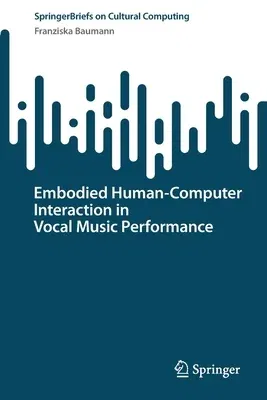Franziska Baumann
(Author)Embodied Human-Computer Interaction in Vocal Music Performance (2023)Paperback - 2023, 10 January 2023

Qty
1
Turbo
Ships in 2 - 3 days
In Stock
Free Delivery
Cash on Delivery
15 Days
Free Returns
Secure Checkout

Part of Series
Springer Cultural Computing
Part of Series
Springerbriefs in Cultural Computing
Part of Series
Springerbriefs on Cultural Computing
Print Length
81 pages
Language
English
Publisher
Springer
Date Published
10 Jan 2023
ISBN-10
3031179846
ISBN-13
9783031179846
Description
Product Details
Author:
Book Edition:
2023
Book Format:
Paperback
Country of Origin:
NL
Date Published:
10 January 2023
Dimensions:
23.39 x
15.6 x
0.51 cm
ISBN-10:
3031179846
ISBN-13:
9783031179846
Language:
English
Location:
Cham
Pages:
81
Publisher:
Series:
Weight:
145.15 gm